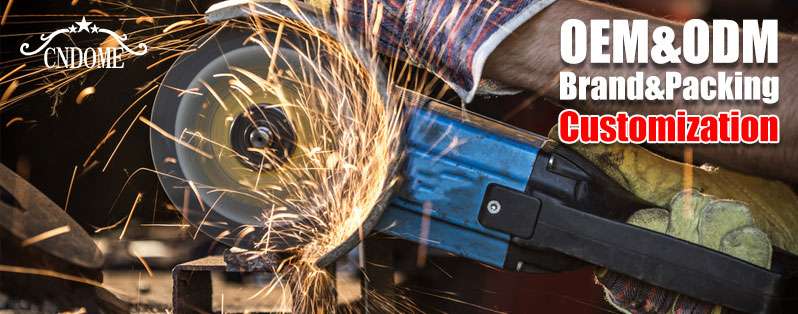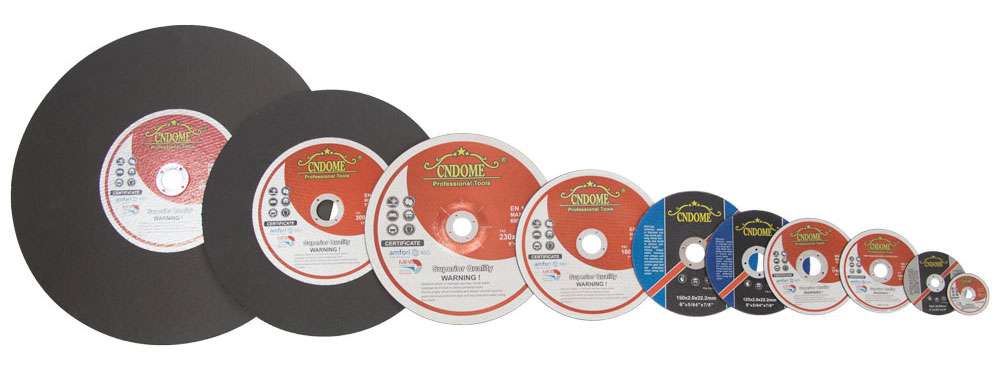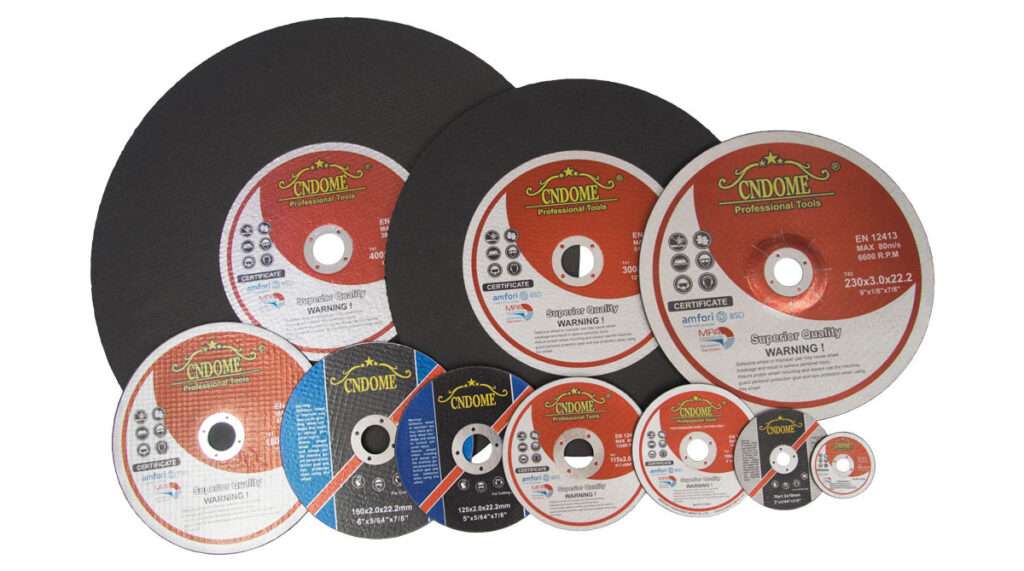Cast iron is a highly durable and versatile material, commonly used in construction, machinery, and cookware. However, cutting cast iron can be challenging due to its hardness and brittleness. To achieve clean and efficient cuts, it’s important to choose the right cutting blade for the job. In this blog, we’ll explore the types of blades best suited for cutting cast iron, along with tips for maximizing efficiency and extending tool life.
Why Cutting Cast Iron is Difficult
Cast iron contains a high percentage of carbon, which makes it strong but also brittle. This characteristic can cause the material to crack or shatter if improper tools or techniques are used. Furthermore, its hard surface increases the wear on cutting tools, requiring blades that can withstand the material’s toughness.
Best Types of Cutting Blades for Cast Iron
1. Diamond Blades
Diamond blades are an excellent choice for cutting cast iron. These blades are embedded with industrial-grade diamond particles, which make them exceptionally hard and durable. Diamond blades provide clean and precise cuts without overheating or excessive wear, making them ideal for heavy-duty cast iron cutting projects.
Benefits:
- Superior durability
- Fast, clean cuts
- Ideal for thick cast iron pipes and heavy machinery parts
2.Abrasive Cutting Wheels
Another common option is an abrasive cutting wheel. These wheels are made from a combination of abrasive materials like aluminum oxide or silicon carbide, which are designed to handle tough materials like cast iron. Abrasive wheels are affordable and widely available, making them a go-to for many DIYers and professionals alike.
Benefits:
- Affordable
- Available in various sizes
- Effective for small to medium-sized cuts
3. Carbide-Tipped Blades
Carbide-tipped blades feature cutting teeth made from tungsten carbide, a material known for its hardness and heat resistance. These blades are suitable for cutting cast iron, especially for tasks that require both strength and precision. They work best on thinner sections of cast iron and are frequently used in handheld circular saws.
Benefits:
- High precision
- Long-lasting performance
- Works well on smaller cast iron projects
4. Reciprocating Saw Blades
For smaller, more detailed cuts, reciprocating saw blades designed for cutting metal can also be used on cast iron. Bi-metal or carbide-grit blades are especially useful in tight spaces or for intricate cuts. While they may not last as long as diamond blades, they offer versatility for a range of applications.
Benefits:
- Ideal for tight spaces
- Easy to control
- Versatile cutting applications
Tips for Cutting Cast Iron
1. Use Water Cooling
When cutting cast iron, heat buildup can damage both the material and the blade. Applying water as a coolant during the cutting process helps reduce friction, minimize heat, and extend blade life. Some diamond blades are designed specifically for wet cutting, which helps prevent overheating.
2. Cut Slowly and Steadily
Cast iron is brittle, and rushing through a cut can cause the material to crack. Using steady, even pressure helps ensure a clean cut. For power saws, opt for lower speed settings to avoid generating too much heat.
3. Check for Blade Wear
Cast iron can cause significant wear on cutting blades. Regularly inspect your blades for signs of dullness or damage and replace them as necessary. A worn blade will make the cutting process more difficult and could lead to poor-quality cuts.
4. Safety First
Always wear appropriate safety gear when cutting cast iron, including safety glasses, gloves, and ear protection. The material can produce sharp fragments during cutting, so protecting yourself from flying debris is crucial.
Conclusion
Cutting cast iron can be a challenging task, but with the right blade and technique, it’s entirely manageable. Diamond blades and abrasive cutting wheels are the top choices for their durability and efficiency, while carbide-tipped and reciprocating saw blades offer versatility for smaller projects. By taking care of your tools and following proper cutting procedures, you can achieve precise, clean cuts and extend the life of your cutting blades.



